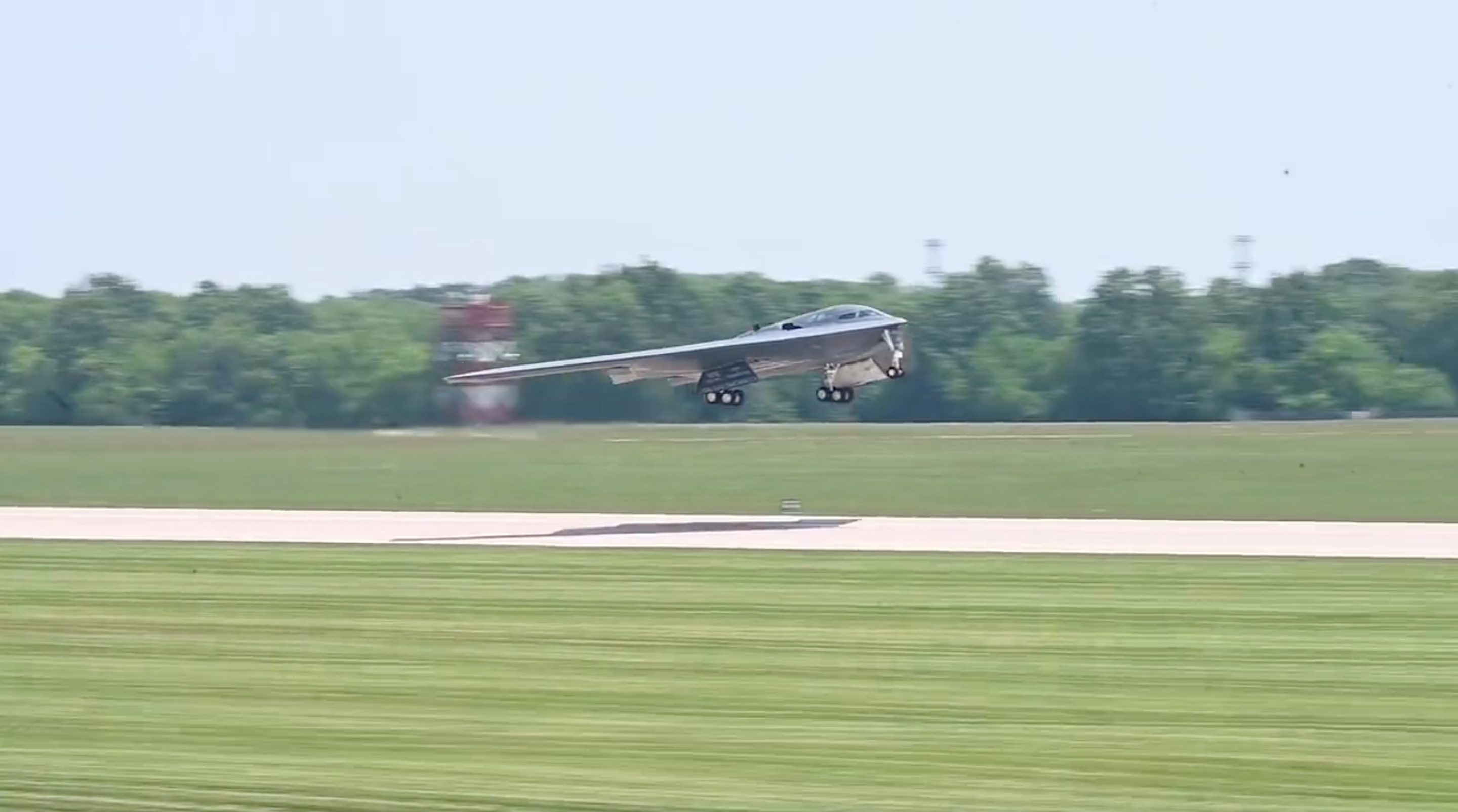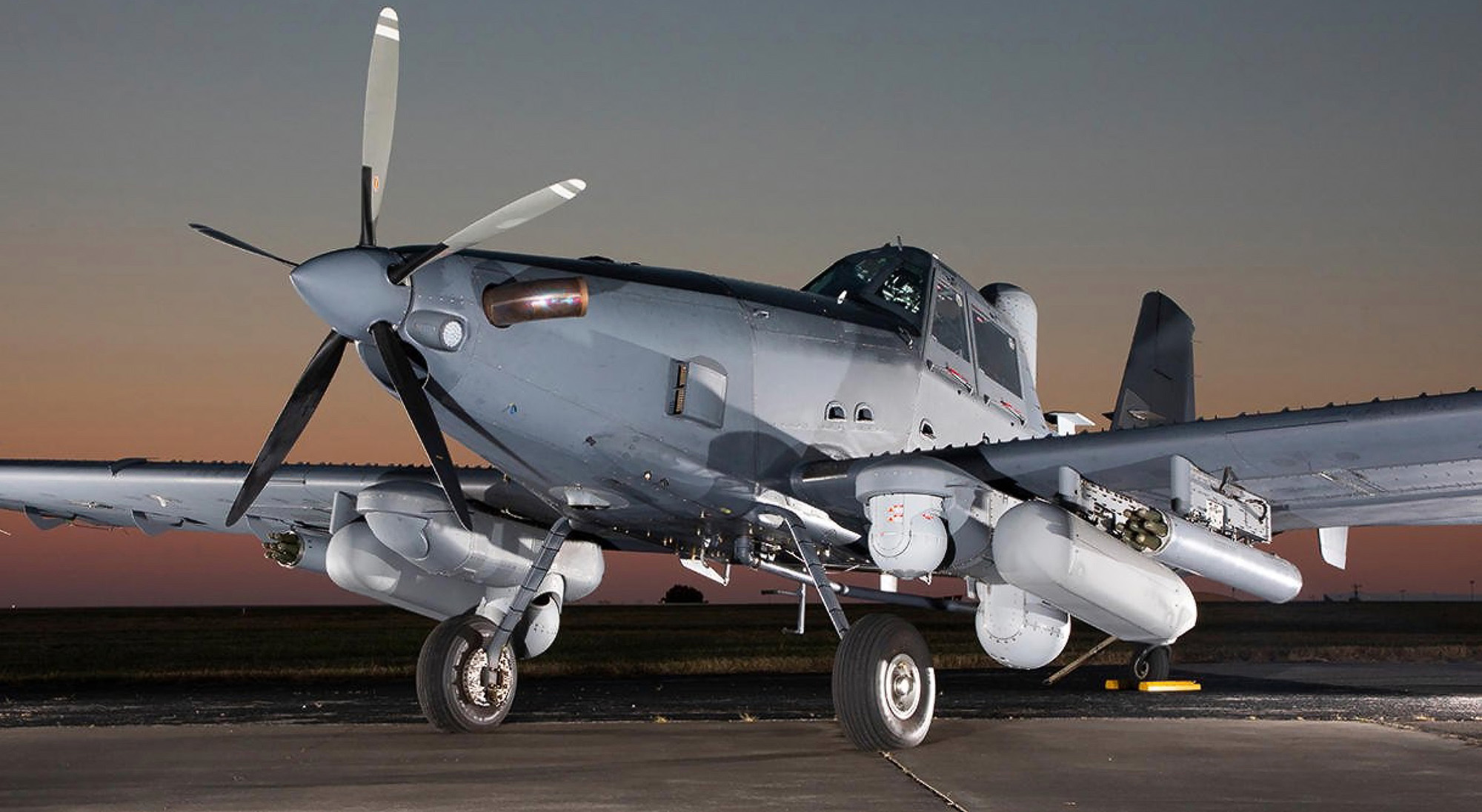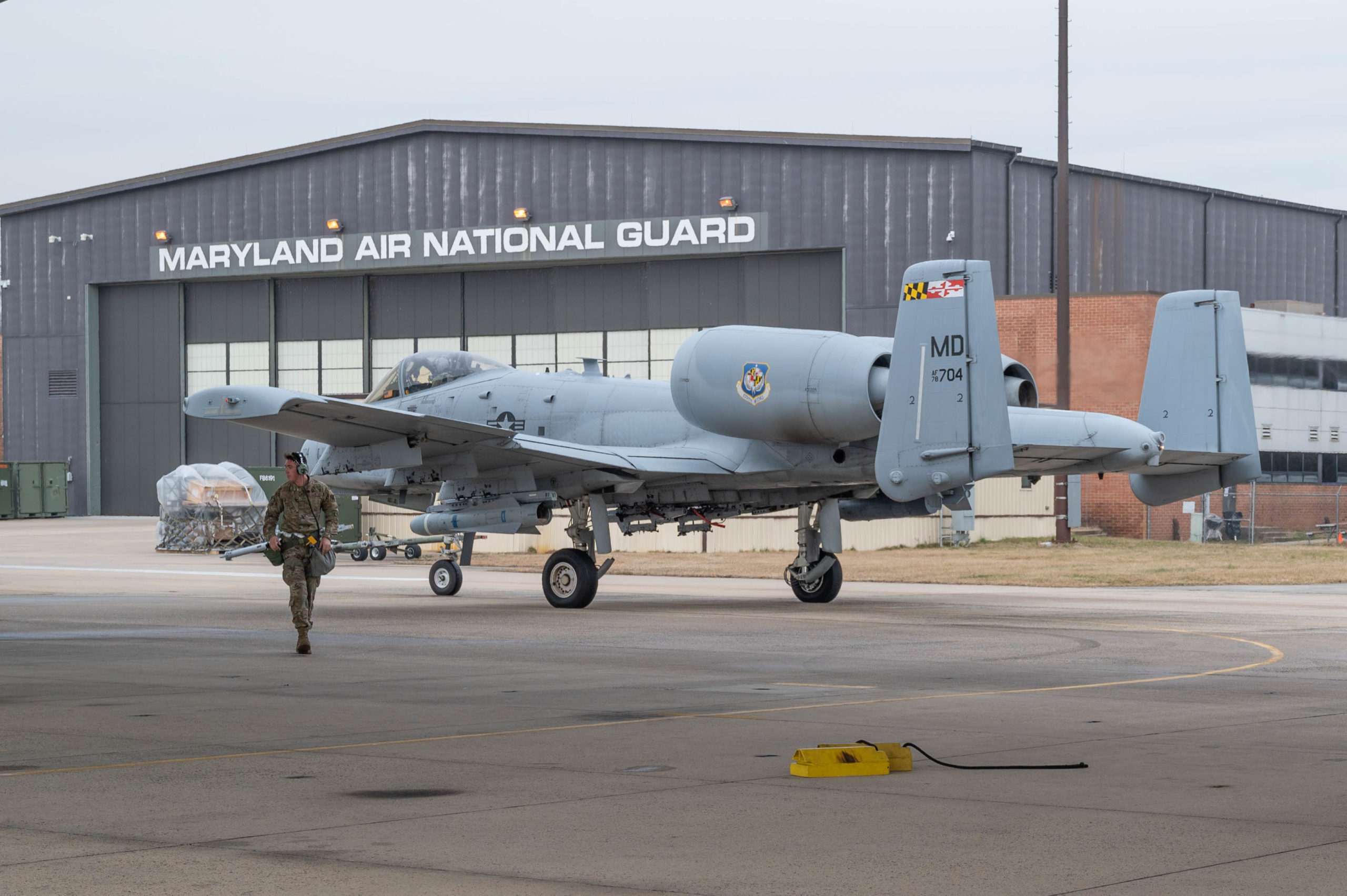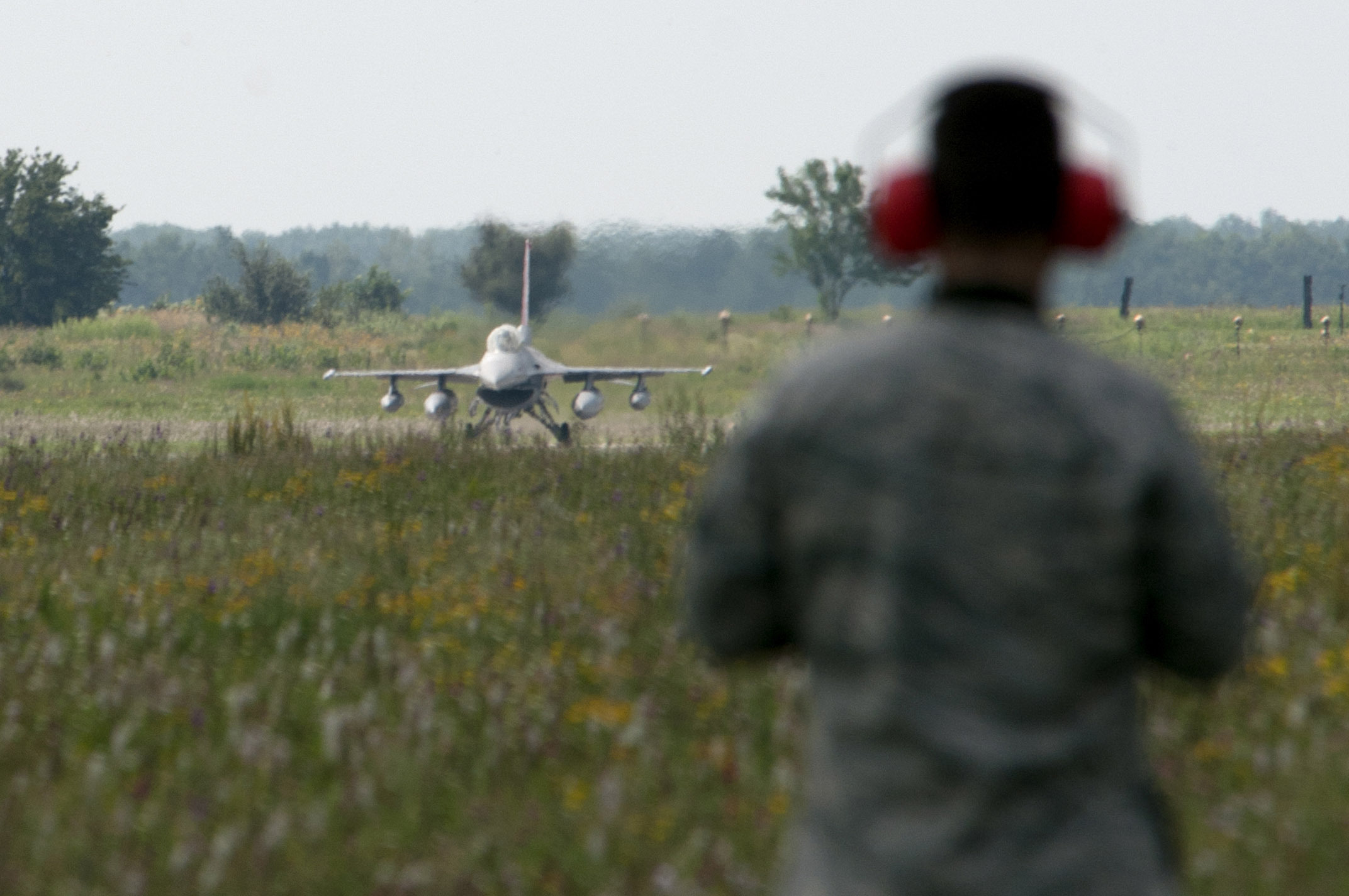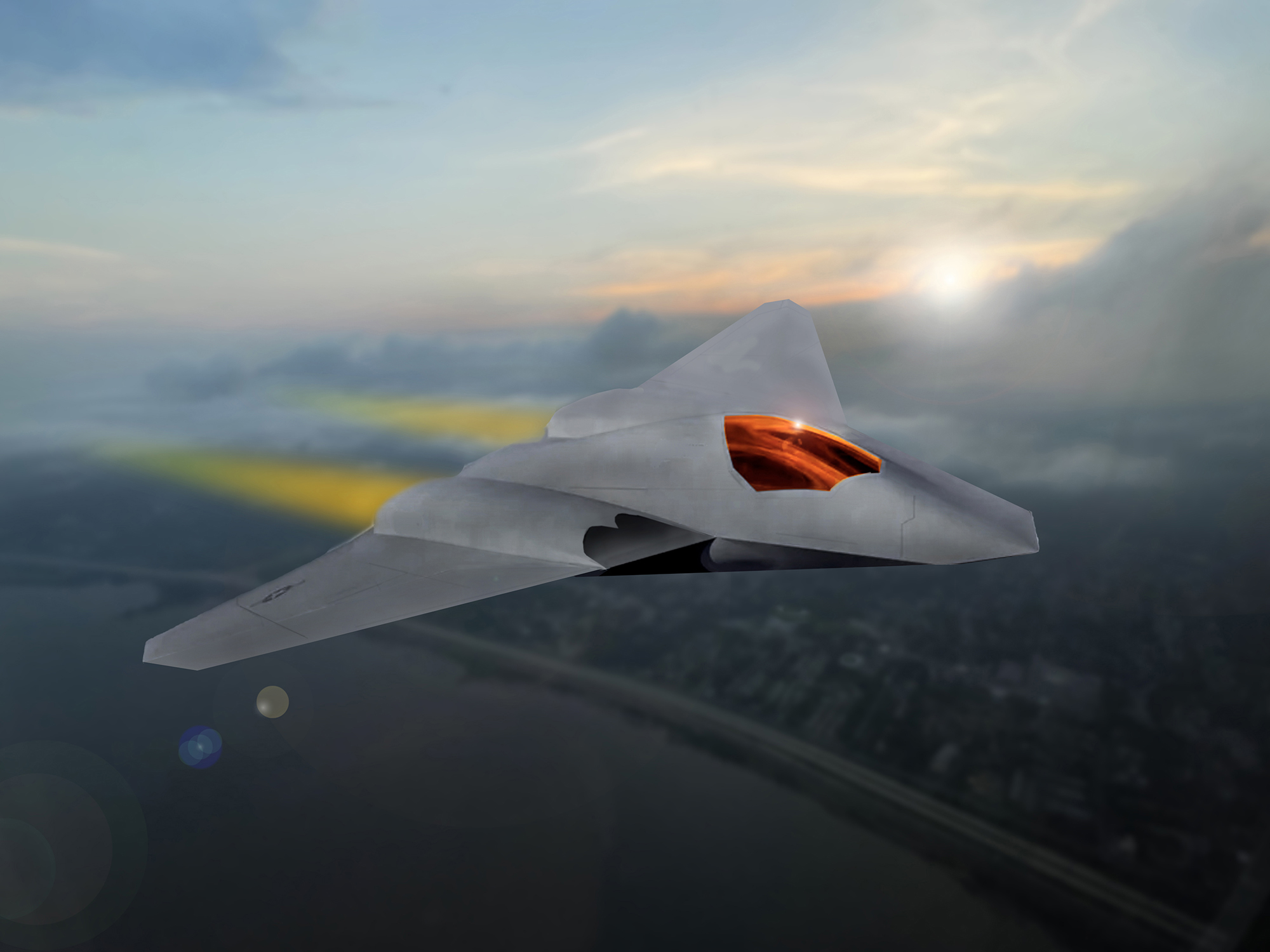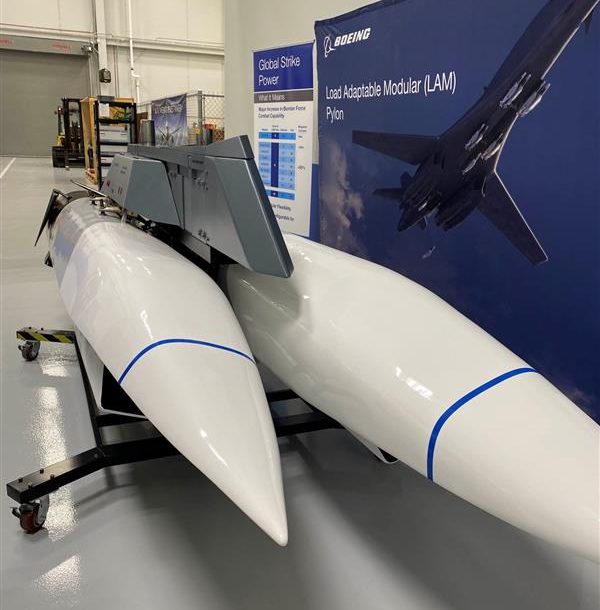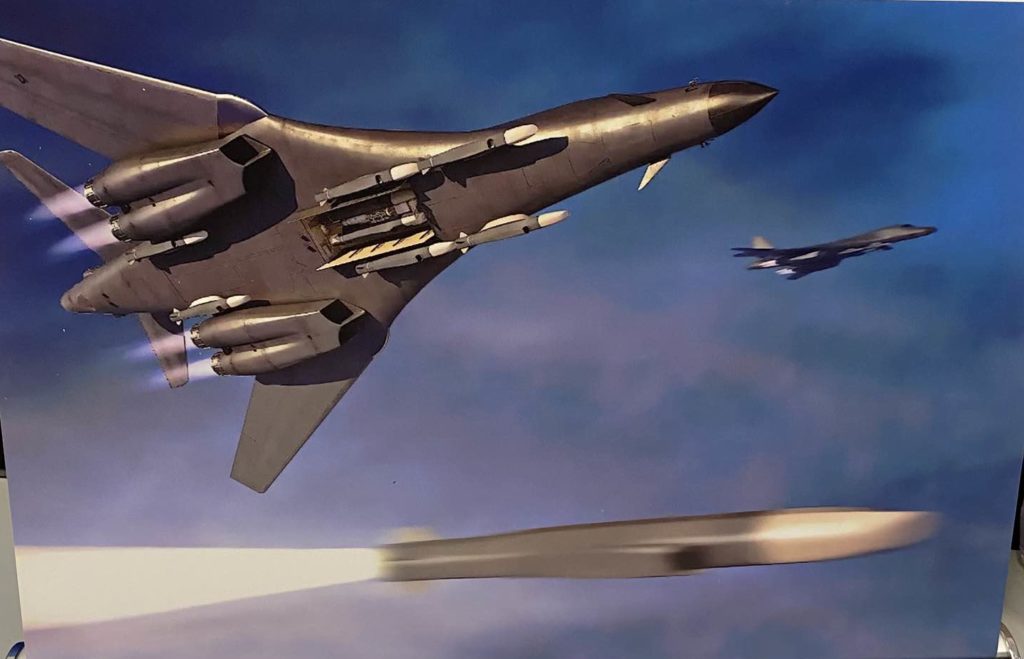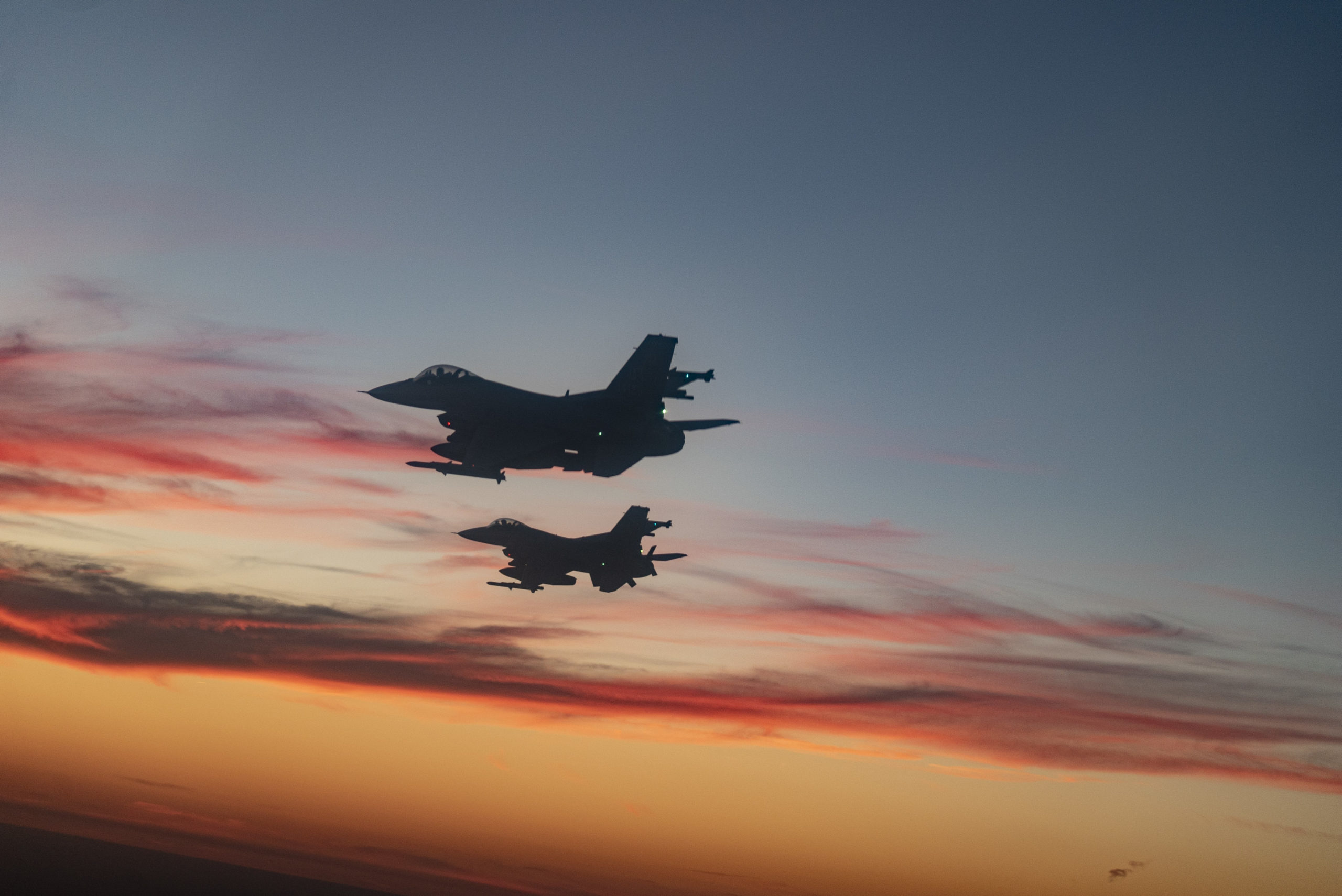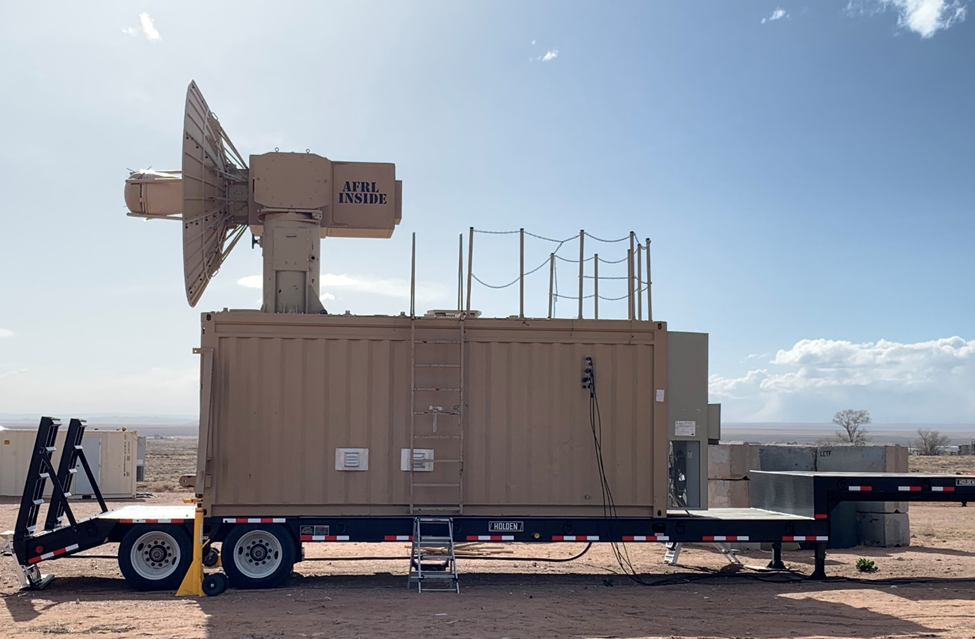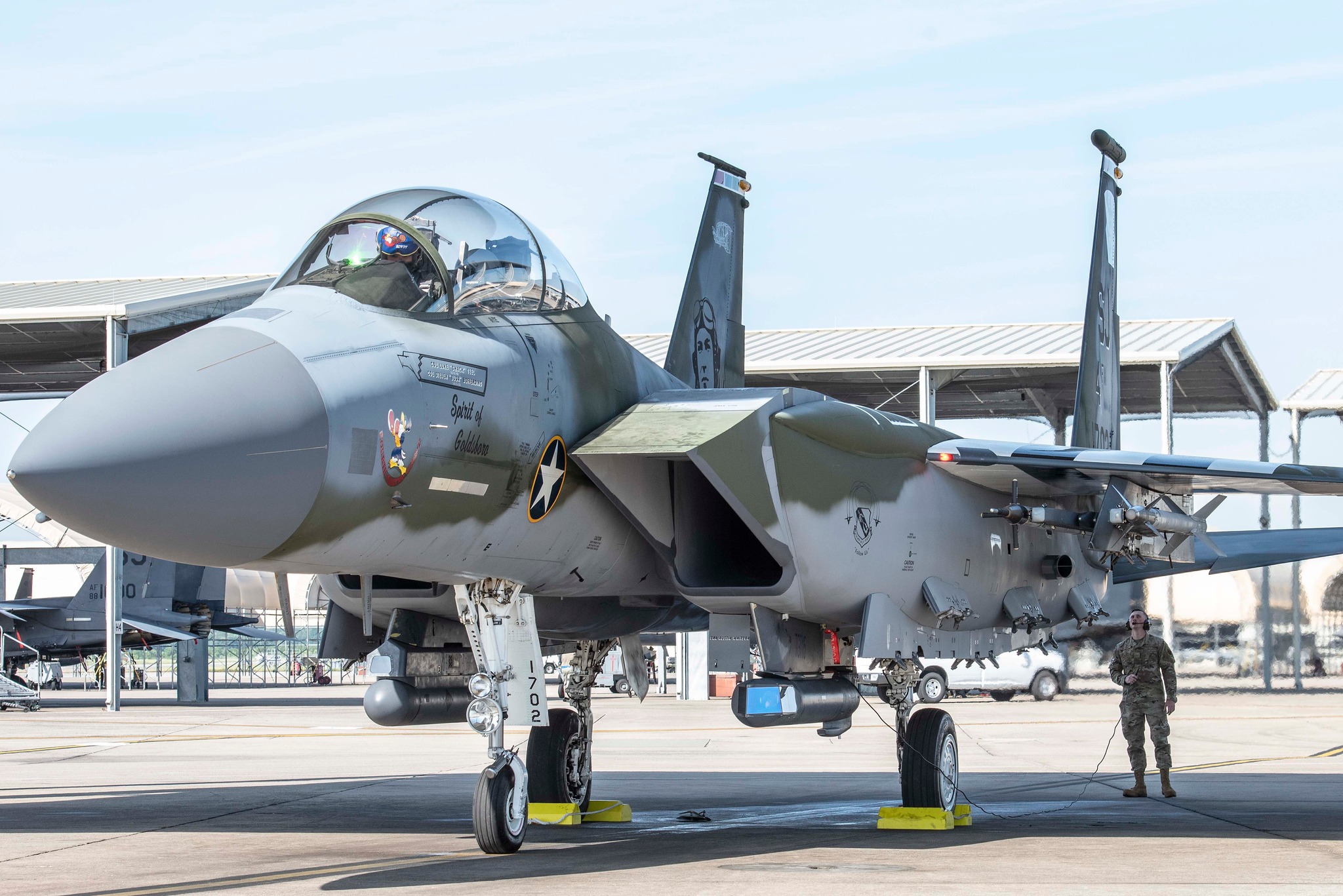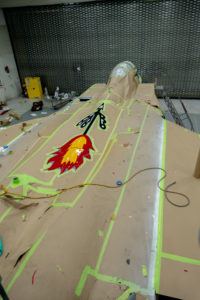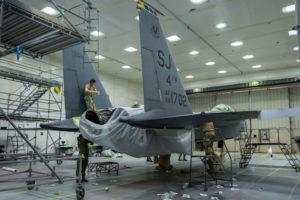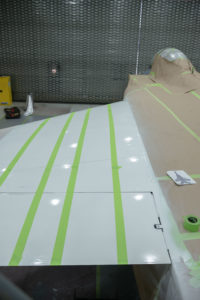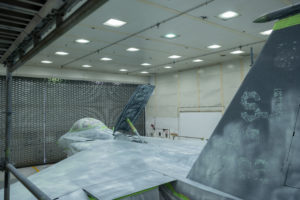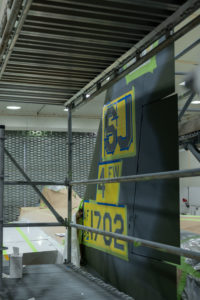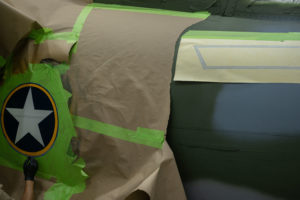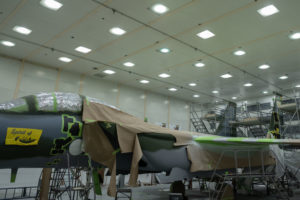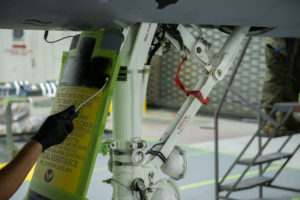The B-2 is back in the air.
Air Force Global Strike Command shared video of the B-2 Spirit taking off and landing from Whiteman Air Force Base, Mo., on May 22—the stealth bomber’s first flight since December.
Air & Space Forces Magazine first reported the end of the safety pause on May 18. Air Force Global Strike Command imposed a “safety pause” following a Dec. 10 accident while investigators drilled down on potential safety issues affecting the entire fleet.
The 36-second video shows the aircraft taxiing and taking off, interspersed with shots of the air and ground crew before, and shows the aircraft landing very briefly. B-2 crews drilled regularly in simulators during the pause and also took reps in trainer aircraft to practice takeoffs and landings, the most challenging aspects of flying the bomber.
AFGSC did not reply to queries sent early May 22.
In text accompanying the video, the command emphasized that even during the safety pause, the Air Force’s small fleet of B-2s remained available to fly missions critical to national security—vital given the aircraft’s role as the nation’s only stealth nuclear-capable bomber in service.
The video also noted that B-2 aircrew and maintainers stayed ready during the safety pause. Pilots spent time in the advanced simulators at Whiteman and increased repetitions in T-38 trainers, while maintainers ensured the stealth low-observable coating, which is critical for the B-2’s nuclear mission, was well taken care of.
Still, the return to flying operations is being handled carefully, 8th Air Force commander Maj. Gen. Andrew J. Gebara previously told Air & Space Forces Magazine.
“I want them to come back in a disciplined, deliberate manner,” Gebara said. “But we will do full operational missions. So you’re not going to see one loop around and land kind of sorties. It’ll be a normal sortie. I actually am not concerned at all about the mission aspects of the force.”
The Air Force has declined to reveal the exact cause of the mishap that initially sparked the safety pause. The accident occurred after a successful emergency landing, and a fire was reported on the aircraft.
The service has also declined to detail what actions were taken to lift the safety pause, or give the status of the aircraft involved in the mishap.
